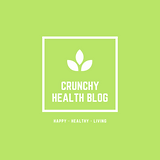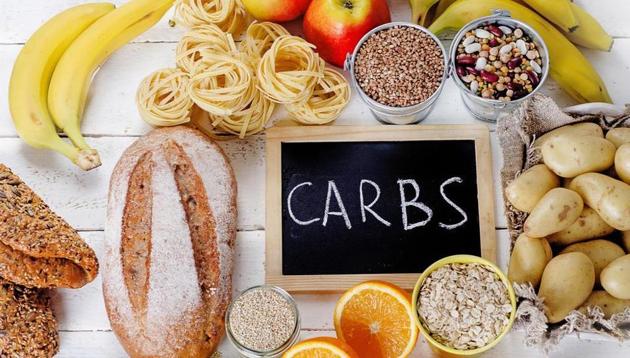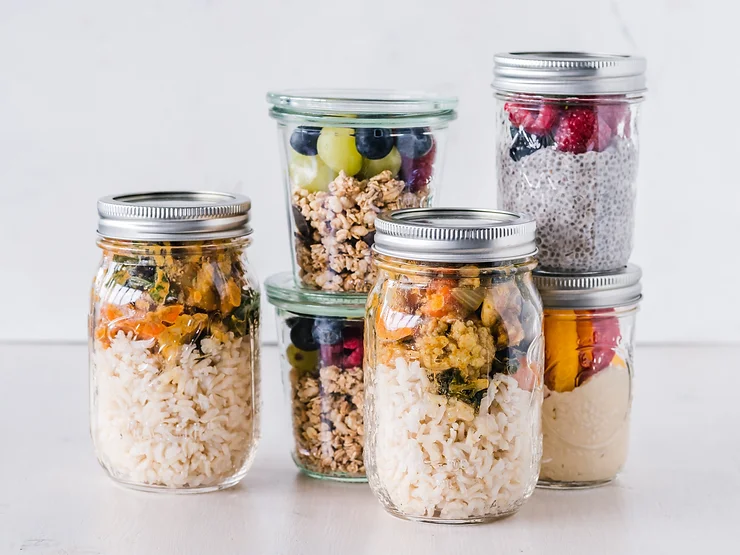A recent study showed that nearly 40% of people struggle to understand nutrition labels when grocery shopping. However, reading labels effectively can be a game-changer for making healthier food choices. Nutrition labels are there to help you navigate the food landscape, and with a few tricks, you can learn to decode them like a nutritionist. In this article, we’ll cover 10 tips that can help you make sense of nutrition labels and make smarter decisions while grocery shopping.
1. Check the Serving Size
The first thing to look at when reading a nutrition label is the serving size. This number is crucial because everything that follows—calories, fat, protein—depends on it. It’s easy to assume that a product’s nutritional information is for the entire package, but often it’s only for a single serving. For example, if the serving size is one cup but you eat two cups, you’ll need to double the calories and nutrients listed.
2. Understand the Percent Daily Value (%DV)
The percent daily value (%DV) on the label shows how much a nutrient in a serving of food contributes to your daily diet. Based on a 2,000-calorie diet, a %DV of 5% or less means the food is low in that nutrient, while 20% or more means it’s high. This helps you understand if you’re getting a little or a lot of a specific nutrient. For example, if the label lists 25% for fiber, you’re getting a quarter of your daily fiber needs in one serving.
3. Watch Out for Added Sugars
Many packaged foods contain added sugars that contribute to excessive calorie intake. The FDA requires food manufacturers to list added sugars separately on nutrition labels. Aim to limit foods that have high added sugar content. A product with more than 20 grams of added sugar per serving may be a red flag. The American Heart Association recommends no more than 25 grams of added sugar per day for women and 36 grams for men.
4. Look for Healthy Fats
Not all fats are created equal. Healthy fats, such as those from avocados, nuts, and olive oil, are beneficial to your body. On the nutrition label, pay attention to total fat, but focus on the types of fats included. Look for labels that list monounsaturated and polyunsaturated fats, which are heart-healthy. Avoid foods with high levels of trans fats, which can raise bad cholesterol levels.
5. Track Your Protein Intake
Protein is essential for building muscles and maintaining bodily functions. Aim to get a substantial portion of your daily protein from whole foods like lean meats, beans, and nuts. The nutrition label will tell you how much protein is in a serving, which is especially useful for those trying to maintain or build muscle mass. Generally, women should aim for 46 grams of protein per day, and men should aim for 56 grams.
6. Keep an Eye on Sodium
Too much sodium in your diet can increase the risk of high blood pressure and heart disease. The American Heart Association recommends limiting sodium to no more than 2,300 milligrams per day, with an ideal limit of 1,500 milligrams for most adults. Many processed foods are high in sodium, so it’s important to check the nutrition label and choose items with 5% DV or less of sodium per serving.
7. Look for Fiber Content
Fiber is crucial for digestive health and can help keep you feeling full longer. It can also lower your risk of heart disease. The average adult should aim for 25–30 grams of fiber daily. On the nutrition label, a high-fiber food is one that has 3 grams or more per serving. Whole grains, fruits, and vegetables are excellent sources of fiber, so always check for fiber content when shopping for nutritious options.
8. Choose Whole Grains Over Refined Grains
When checking the ingredients list, prioritize whole grains over refined grains. Whole grains contain more fiber, vitamins, and minerals. Look for items where the first ingredient listed is “whole wheat,” “brown rice,” or “oats.” Products that list refined grains like “white flour” are lower in nutrients and should be consumed in moderation.
9. Beware of “Low-Fat” or “Fat-Free” Labels
Products that are labeled as “low-fat” or “fat-free” might sound healthier, but they often contain added sugars and sodium to compensate for flavor loss. Always check the full nutrition label. Sometimes, foods that are low in fat can be higher in sugar or contain excessive calories, defeating the purpose of choosing them in the first place.
10. Check for Artificial Ingredients
Many processed foods contain artificial ingredients such as preservatives, colorings, and flavorings. These can affect your overall health and may cause allergic reactions or digestive issues. A good practice is to avoid items with a long list of unrecognizable ingredients. Instead, aim to choose foods with fewer and simpler ingredients, which are likely to be closer to their natural state.
Mastering Nutrition Labels for Better Health Choices
By mastering these 10 nutrition label tricks, you can take control of your health and make more informed choices during your grocery shopping. Reading nutrition labels is a valuable skill that can help you avoid hidden sugars, unhealthy fats, and unnecessary calories. Keep these grocery shopping tips in mind when you’re out shopping, and you’ll be on your way to a healthier, more balanced diet.



